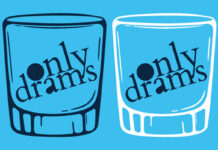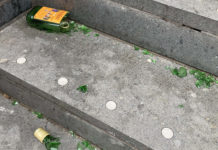By Guy Chatfield
HOW many new tunes from ‘old’ bands do you hear on the radio at the moment?
Since the famous foursome reformed with a little added Robbie Williams, Take That have led the way and so many others are jumping on the revival gravy-train.
Wine is no different from music; it suffers from the ebbs and flows of public popularity and what is riding the crest of the wave at the moment will be, at some point, perceived as only just good enough to cook with in the future.
How can certain wines ‘do a Take That’ and thrust themselves back into the limelight? How do they manufacture their ‘come-back tour’?
We, as a wine drinking nation, are pretty conservative on the whole; we don’t like to chop and change too much. When the taste buds do move on, it’s boom time for the lucky country or category that benefits – look at our desire to drink Aussie wines 20 years ago and, more recently, Chilean Merlot.
The drink of the masses in the 17th century was the Claret that was landed in Leith – now a wine that only really inhabits the top-end of most restaurant wine lists.
Economics are often blamed when the public fall out of love with something – the argument that it’s just got too expensive – but with wine this isn’t specifically the case.
It is quality that drives our love for wine or, more specifically, value for money; wines that over-deliver on flavour for the price will always do well. The problem is getting them into the public consciousness.
There is no quick-fix for the producers of excellent Soave, balanced juicy Aussie Chardonnay or elegant German Riesling.
The major stumbling block is that, outside of the major ‘industrial’ branded wine producers, there is very little marketing muscle in the wine world.
Put simply, many wines we should be drinking suffer from lack of exposure in a crowded booze market or are shouted down by producers of inferior mass-produced brands.
For these quality wines to get back onto our tables it will take a massive amount of collaboration from you, the buyers, and us, the broadcasters and sellers, that there really are some phenomenal wines out there. Trust me, I’m a wine merchant!
Wine apart, there’s a band that I want to reform and if they did it would just be mega. Come on Bjorn and Benny…get your fingers out!
The Cork Dork Fact:
The phenomenon of wine “legs” or “tears” in a glass was identified and explained by physicist James Thomson in 1855.



















